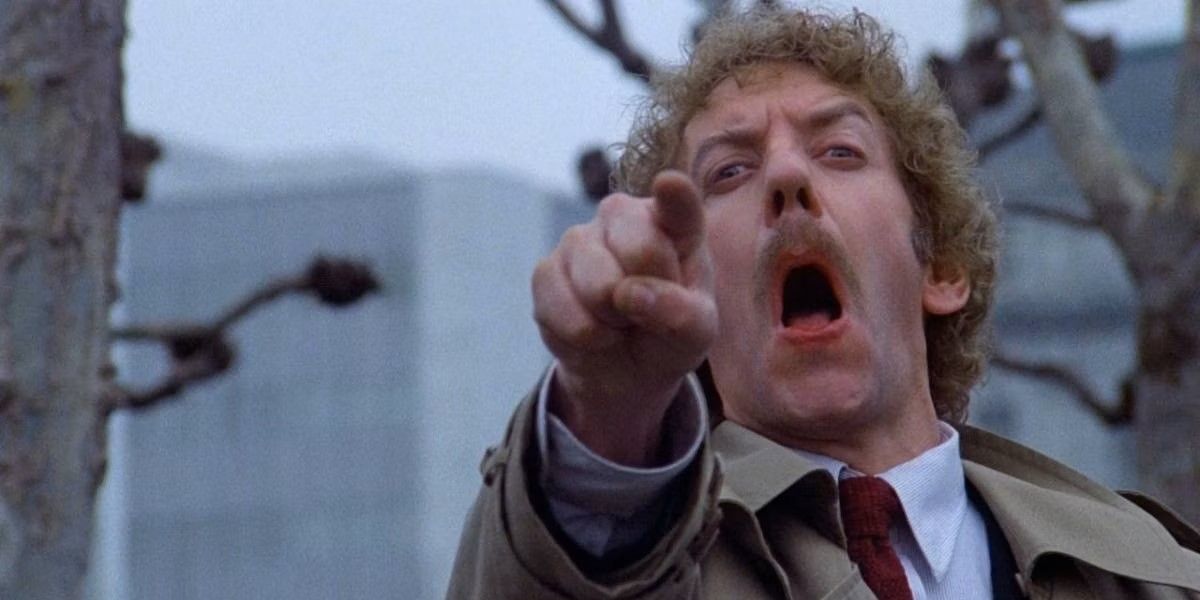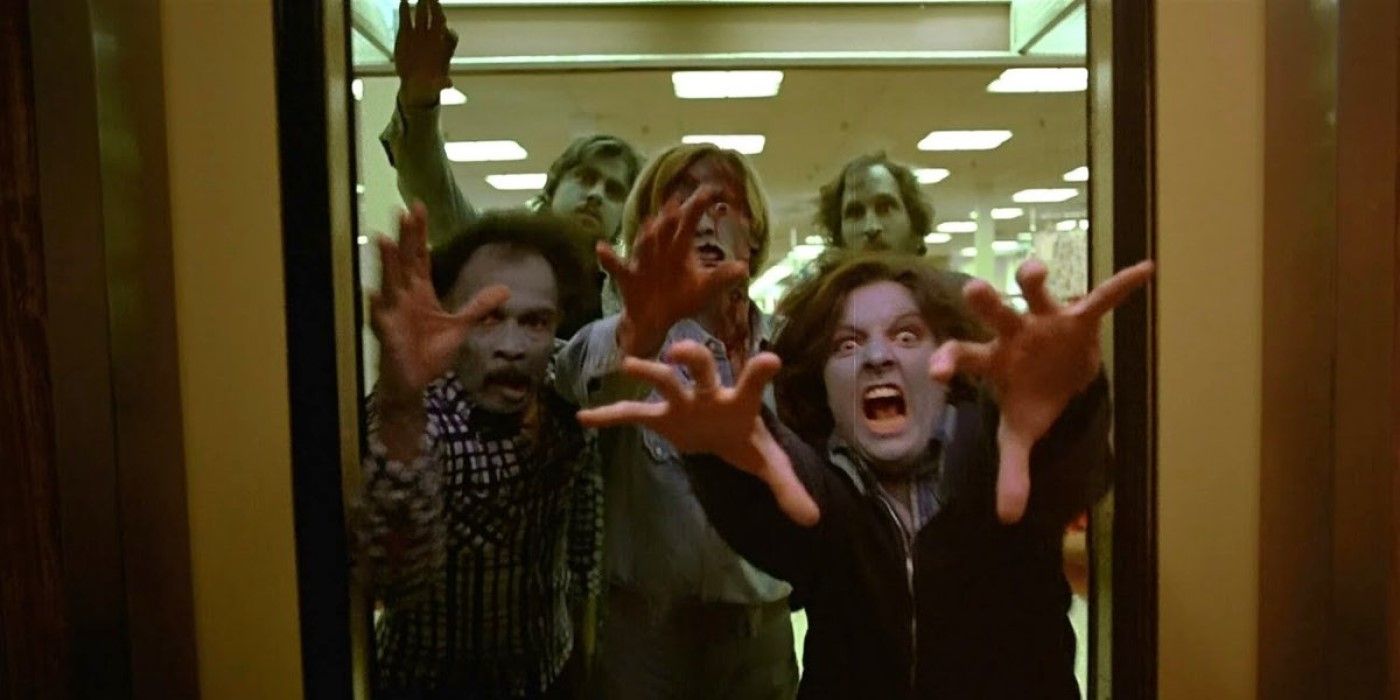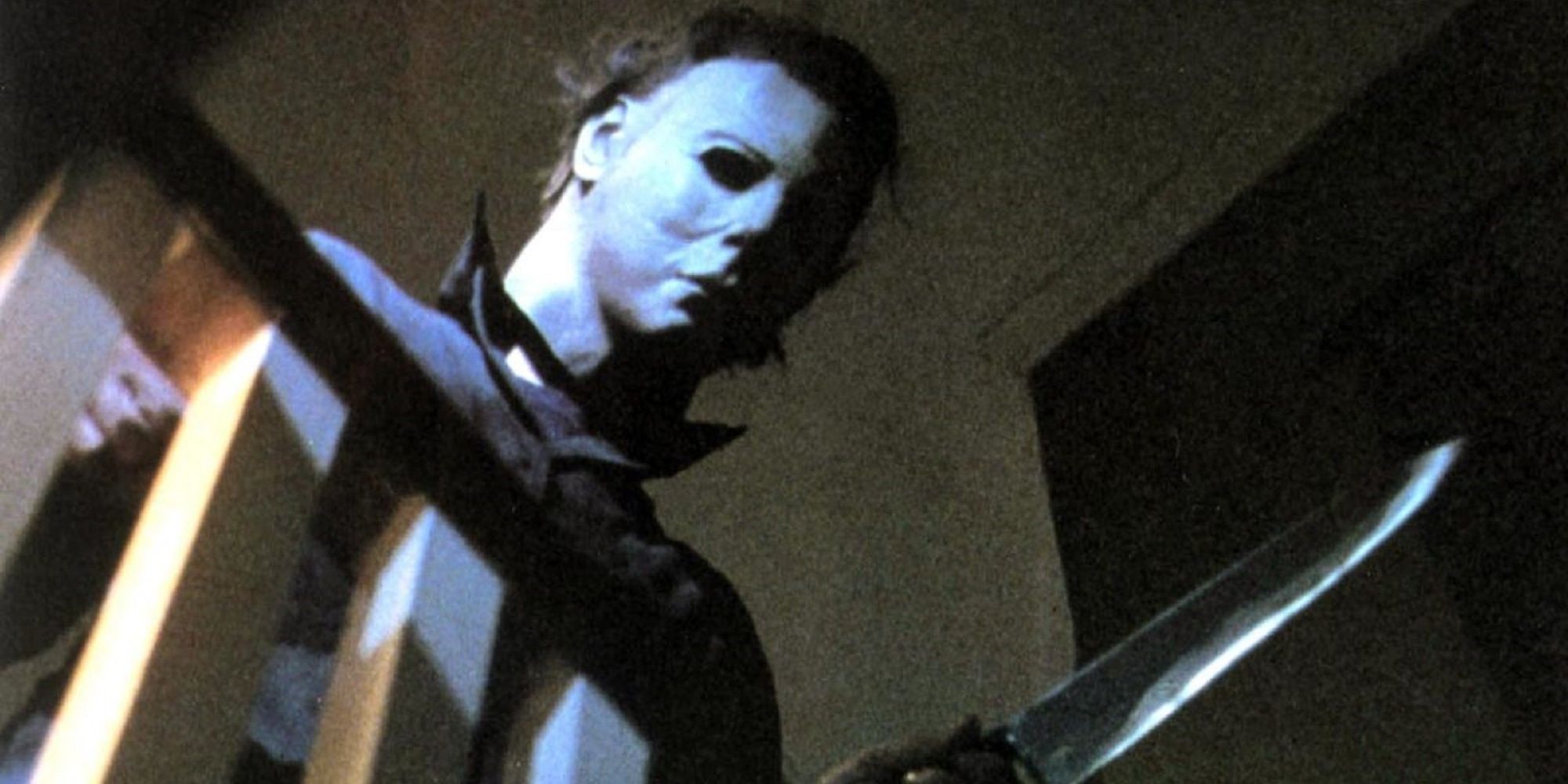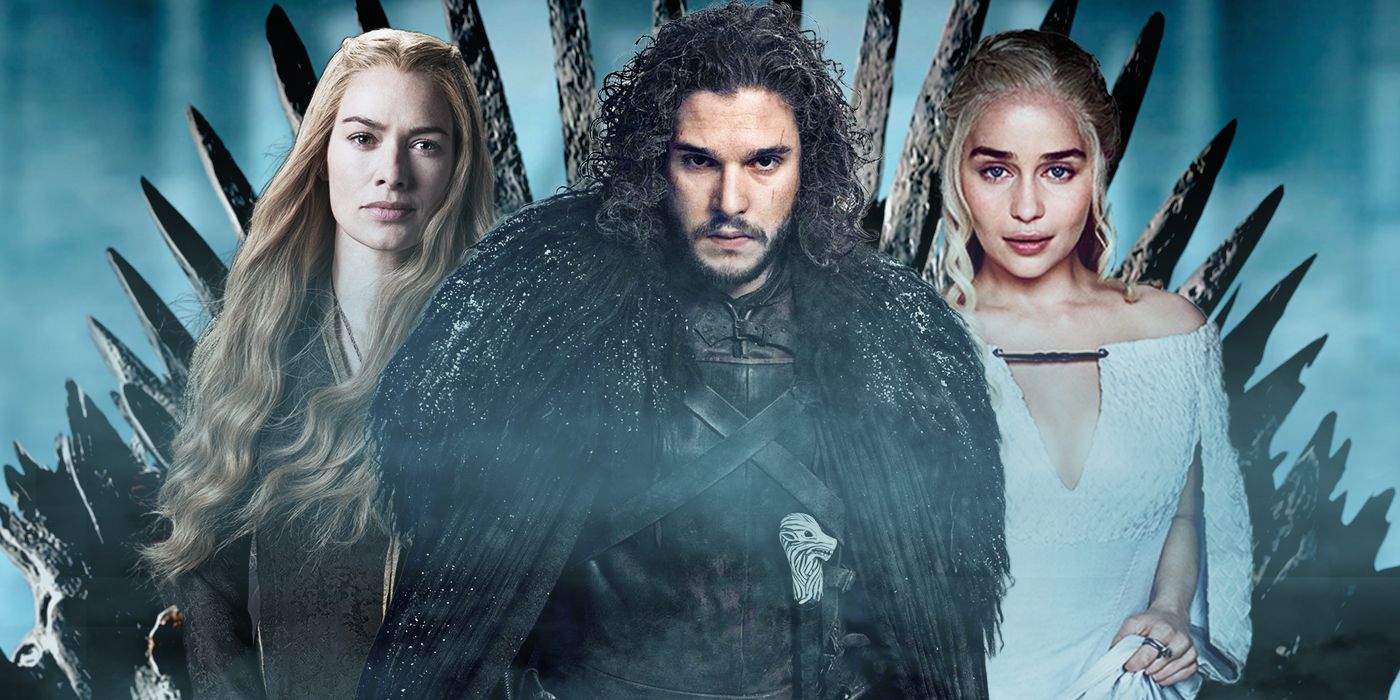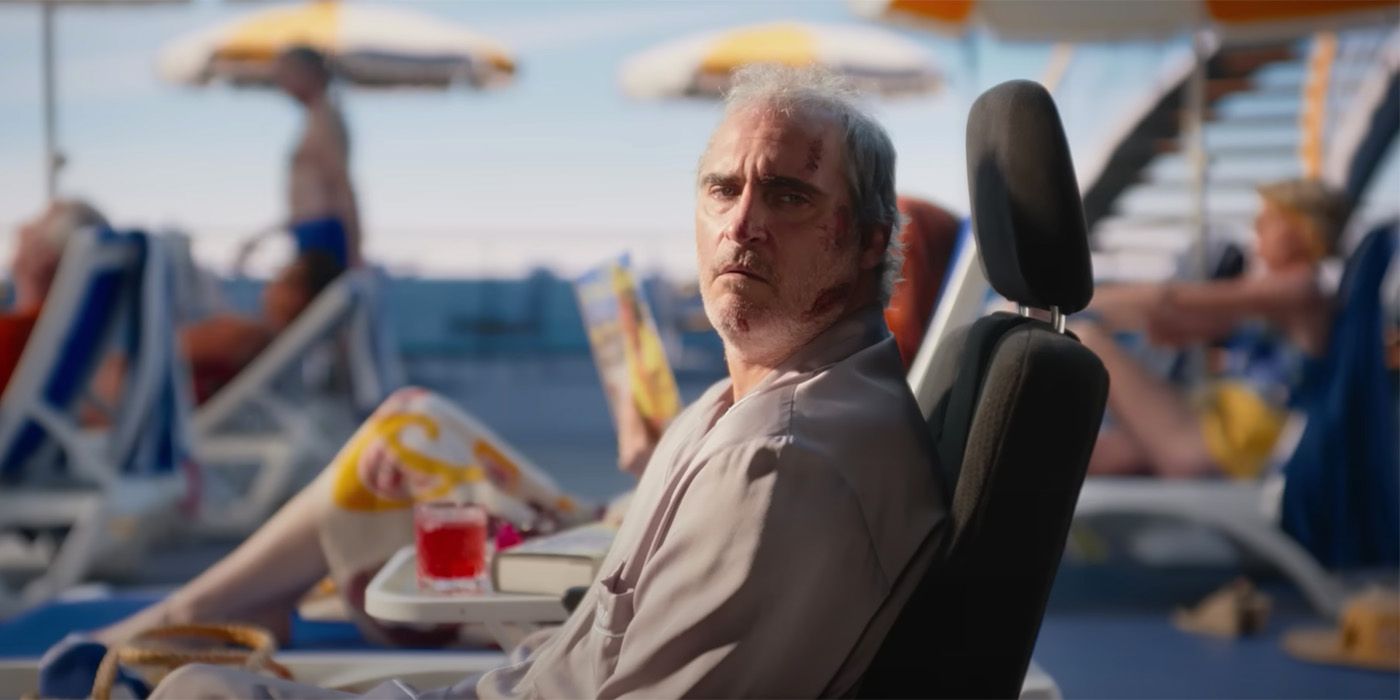The Big Picture
- While 2022 gave us a lot of surprise horror successes, 1978 was a game-changing year for horror movies,
- Anthony Hopkins’ creepy role in Magic before his iconic turn as Hannibal Lecter set him on a path to horror stardom.
- Invasion of the Body Snatchers improved on its original, delivering a darker ending that showed the bad guys can win, unlike most horror films of its time.
2022 was seen as one of the best years in horror history. Part of that success came from how unexpected it was. Yes, there was the anticipation around popular franchises like Scream and Halloween, but it was the surprises that made the year so memorable. Who expected much from the straight-to-Hulu release of Prey? Instead, it was the best film in the series since the original Predator. Who’d even heard of Barbarian or Smile going into the year? They ended up being the most talked about horror films rather than the antics of Ghostface or Michael Myers. Horror has had many great years. 1974 gave us The Texas Chain Saw Massacre and Black Christmas. 1980 produced The Shining and Friday the 13th. In 1982 there was The Thing and Poltergeist. It was 1978, however, that changed horror. That was the year an icon was birthed that would change the trajectory of an entire decade. It was the year a remake somehow improved on its classic original. It was the year a directing legend gave us not one but two masterpieces. And it was the year a future acting legend showed us just how scary he could be.
Before ‘Silence of the Lambs,’ Anthony Hopkins Gave Us ‘Magic’
Think of Anthony Hopkins and the first role that comes to mind is probably Hannibal Lecter in The Silence of the Lambs. That makes sense. It’s one of the greatest acting performances in horror history. Hopkins draws you in as the mad doctor, being both captivating and psychotic all at once. Hopkins was so good that he won an Oscar for it, an extreme rarity for the horror genre. 13 years before The Silence of the Lambs, Hopkins gave an equally creepy performance, even if the character is completely different from Lector. In 1978, Anthony Hopkins starred as Corky Withers in Richard Attenborough‘s Magic. Hopkins wasn’t the household name that he is now. In the ’70s, he was mostly known for being a theatre star. Magic is loaded with big-name talent, with supporting roles for Ann Margaret and Burgess Meredith, and Attenborough having already helmed huge movies like A Bridge Too Far a year before. Magic is all about Hopkins though.
Corky is a magician and ventriloquist with a frightening-looking dummy called Fats. This is not Child’s Play, with Fats coming to life and slashing through his victims. Instead, it’s an unnerving character-driven story about a man losing his mind, obsessed with speaking as Fats. He almost becomes one with the dummy, and we start to wonder if this is all just madness or maybe, just maybe, Fats is alive. Magic is both a character study and a film that plays on our fear of dolls. Anthony Hopkins might always be Hannibal Lecter, but it’s Magic that set him on the path.
‘Invasion of the Body Snatchers’ Improves on the Original
In the 1950s, we got a plethora of sci-fi horror movies about alien invasions. 1956’s Invasion of the Body Snatchers, based on Jack Finney‘s 1954 novel, is the best of the bunch. Starring Kevin McCarthy as a man named Bennell, it tells the story of alien pores that drop to Earth and form pods. They begin to replicate humans, growing into an exact copy of a person. The 1956 original is a fun film that plays into the paranoia of the time. 22 years later, however, the remake would take it a step further and prove that, while rare, sometimes a copy can be better than the original.
Kevin McCarthy was a fine actor but Donald Sutherland is even better as Bennell. This is another 1978 horror film with a loaded ensemble cast as well, including the likes of Veronica Cartwright, Leonard Nimoy, and Jeff Goldblum. The films play out mostly the same, and it’s not hard to see plot references that speak to the distrust of government we had during the Watergate era. This version isn’t afraid to go darker. The effects are more disgusting, and the clones are creepier, emitting a chilling scream that will give you chills. But it’s the ending that makes all the difference. The 1956 film has a finale of hope, with the hero finally believed, and a country ready to fight back. In 1978, Invasion of the Body Snatchers tells us there is no hope. In one of horror’s most shocking ends, Veronica Cartwright’s Nancy sees Bennell in the street and begins to walk toward him, a big smile on her face. Happiness changes to terror when Bennell stops and points at her, his mouth loosening, and that horrible inhuman scream emanating from within. The aliens got our hero. Nancy can only scream at what she sees. Horror movies of the time almost always had the hero prevail. 1978 told us that now the bad guys can win.
George Romero Proves Twice Why He Is Horror Royalty
Anthony Hopkins might not have yet been a megastar in 1978, but director George Romero sure was. He had earned his status with 1968’s Night of the Living Dead. The man created the modern zombie for Pete’s sake! Night of the Living Dead changed the history of horror, giving us a new subgenre. It wasn’t just any old zombie picture either. Night of the Living Dead dove deep into politics, looking at race relations (even if Romero didn’t mean to) and the Vietnam War.
10 years later, Romero returned to the zombie universe with Dawn of the Dead. While Night of the Living Dead was more insular, told on a smaller scale with people hunkered down in a farmhouse, Dawn of the Dead goes big. We get to see the outer world brought to collapse. And even when Romero takes us insular again, it’s not into a house. He still goes as big as possible in the small, putting his heroes inside a shopping mall. That leads to some stellar themes on capitalism and how our constant buying nature has turned us brainless. Dawn of the Dead also works by giving us a different ending. There was hope in Night of the Living Dead, only for it to turn hopeless when our hero, Ben (Duane Jones), is shot dead after surviving the initial zombie wave. There is no hope in Dawn of the Dead. Civilization is over. When our two remaining survivors, Peter (Ken Foree) and Fran (Gaylen Ross), are the last left, we accept their demise. They’ll be better off. Instead, even though Peter almost commits suicide, he decides to fight, fleeing with Fran in a helicopter. They can’t give up on hope. They might die five minutes after the end credits for all we know, but they never give up.
The same year as Dawn of the Dead came another George Romero film called Martin. Rather than zombies, we now deal with a vampire, but this isn’t some gothic Dracula in a cape. Martin puts a vampire in a modern setting and makes him feel real. How real? We don’t even know if Martin (John Amplas) is a real vampire. He does kill; not with fangs, but rather with blades, before drinking the blood of his victims. He claims to be a vampire but is he, or is Martin just a young man who has lost his mind? It’s similar to Magic in the questions it asks.
In 1978, ‘Halloween’ Changed the Path of Horror
You can’t talk about horror in 1978 without talking about John Carpenter‘s Halloween. This one film created a seismic shift in the horror genre. In the 7’0s, the prevalent horror films were more religious and supernaturally driven, with classics like The Exorcist and The Omen. Yes, there had been slashers before. Halloween wasn’t the first. But it is the one that took hold of America’s collective consciousness like none other had. The Texas Chain Saw Massacre was scary as hell, but just stay away from lonely Texas highways and you’ll be okay. Halloween was different. It could happen anywhere. That’s why its killer, Michael Myers, is referred to as the boogeyman. Though he is a man, he can haunt us from anywhere.
Halloween existed not in disgusting farmhouses, or a sorority house like Black Christmas. Halloween was suburbia. It told you that a killer could be lurking in any town in America, hiding in the shadows, watching, waiting, ready to pounce. And why did he do it? That was the scariest part of all. We don’t know. We have his name, We’ve seen him kill his sister as a child in the opening scene, but as an adult, he is always masked, with that creepy, emotionless white visage. He never speaks, and he moves slowly but gracefully, like a ghost.
Halloween became a massive hit in 1978. Its phenomenal success led to the slasher boom of the 1980s. There would be no Jason Voorhees without Michael Myers. There probably wouldn’t be a Freddy Krueger, a Chucky, a Pinhead, or a Ghostface either. Though the slasher-crazed died by the end of the ’80s, it still lived on, with Halloween surviving through 12 sequels and counting. 45 years later, its influence is still felt. No year in horror had such a lasting impact like 1978… yet.


